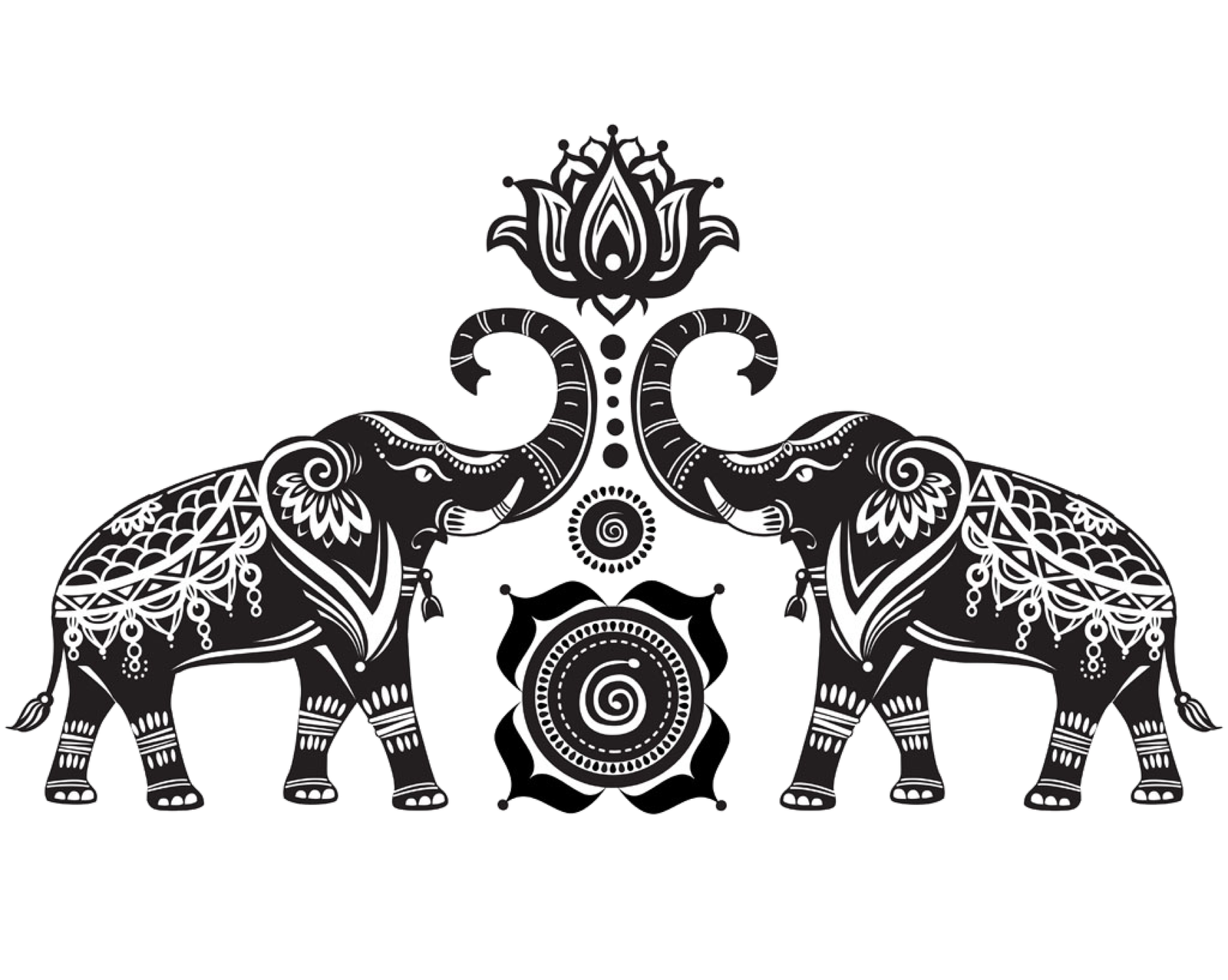Runway on Monday introduced a new Artificial Intelligence (AI) video generation model in the recently released Jean -4 family. Dubbed gene -4 turbo, optimizing the latest AI model efficiency prioritizes generation speed. The AI firm says that this AI model will help users rapidly recur and discover creative vision for a project. The new addition to the GEN-4 family is now available in all paid schemes. In particular, the new generation of video AI models provides better stability in characters, places and objects throughout the scene, as well as better real world physics.
Runway’s gene -4 turbo released
One in Post On X (East Twitter), Runway stated that the latest Jean -4 turbo big language model (LLM) takes 30 seconds to generate a 10 -second -lumb video. In comparison, the standard GEN-4 models can take a few minutes to generate a video of the same duration.
While the better speed is the main attraction of the AI model, it is also more credit-skilled. According to the runway WebsiteThe Gen-4 turbo consumes five credits per second of the video generation. A five-second-lumb video will consume 25 credits, and 10-second-lumb video will consume 50 credits. In comparison, the Gen-4 AI model consumes second 12 credits per second of video generation.
Credit consumable units are the runway provides with its plans. Each membership tier provides a specific number of credit that users can access every month to generate videos. The lowest paid tier, standard, offers 625 credits for $ 12 (about Rs 1,034) a month. The most expensive tier, unlimited, is priced at $ 76 (about 6,550 rupees) per month and offers unlimited credit to users.
In particular, the gene -4 family of the video generation model comes with many upgrades in the previous generation. Runway says that with just one reference image, models can produce continuous characters in various light conditions, locations and camera angles.
The GEN-4 model can use the text signals provided by a user to build a view with individual camera angles, including close-up and wide-angle side profiles. The models also improve on the generation of real -world physics and motion. This means that elements such as movements, object dropping, glass disintegration and air effects will be more realistic.



